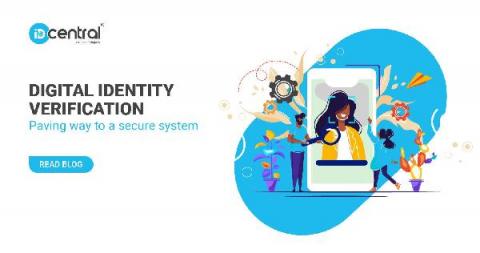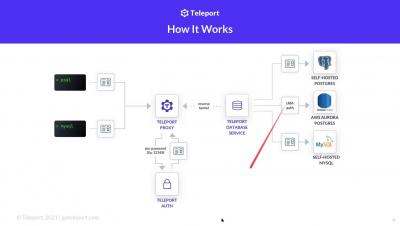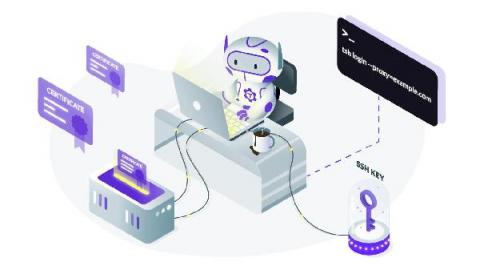Security | Threat Detection | Cyberattacks | DevSecOps | Compliance
%term
The Rise of Software Supply Chain Attacks
Software supply chain attacks are back in the news. Last week, security researcher Alex Birsan executed a novel attack against Microsoft, Apple, PayPal, Shopify, Netflix, Tesla, Yelp, and Uber by leveraging a design flaw in automated build and installation tools. Along with the recent SolarWinds breach, this most recent attack is renewing attention on software supply chain security.
Digital Identity Verification: Paving the Way to a Secure System
As we look forward to restarting our normal lives in the ‘new-normal’ post the pandemic, we are looking to digital channels and devices to bridge the gap between what was done ‘in-person’ and what we can do safely from home. This is necessary for the financial services industry where consumers and businesses alike must move most of their operations online.
10 best practices to build a Java container with Docker
So, you want to build a Java application and run it inside a Docker image? Wouldn’t it be awesome if you knew what best practices to follow when building a Java container with Docker? Let me help you out with this one! In the following cheatsheet, I will provide you with best practices to build a production-grade Java container. In the Java container example, I build using these guidelines, I will focus on creating an optimized secure Java container for your application.
ThreatQuotient Featured on Cisco's ThreatWise TV
Shielding your Kubernetes runtime with image scanning and the Sysdig Admission Controller
Forward Fix: Merged Snapshots
SSH Certificates Security
SSH certificates, when deployed properly, improve security. A half-baked access system using certs is more vulnerable than a public-key-based one if a user or host gets hacked.
Industrial Remote Access: Why It's Not Something to Fear
Increased uptime? Check. Better access to outside expertise? Check. Improved first-time-fix rate? Check. These are just some of the benefits of industrial remote access. Yet many customers are reluctant to embrace remote access. Not only that, but incidents such as the breach at the Oldsmar water utility might increase organizations’ reluctance to use remote access.











